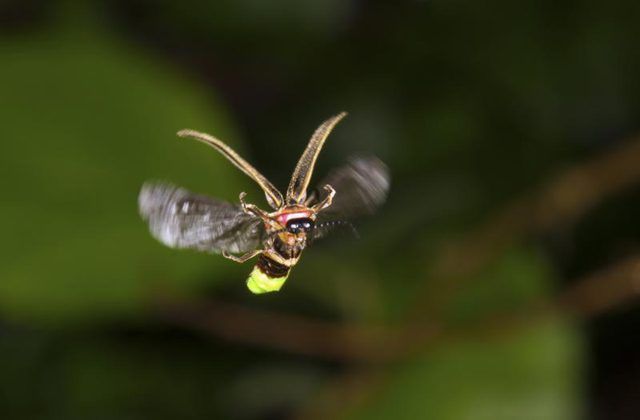Bulbs
Flower Basics
Flower Beds & Specialty Gardens
Flower Garden
Garden Furniture
Garden Gnomes
Garden Seeds
Garden Sheds
Garden Statues
Garden Tools & Supplies
Gardening Basics
Green & Organic
Groundcovers & Vines
Growing Annuals
Growing Basil
Growing Beans
Growing Berries
Growing Blueberries
Growing Cactus
Growing Corn
Growing Cotton
Growing Edibles
Growing Flowers
Growing Garlic
Growing Grapes
Growing Grass
Growing Herbs
Growing Jasmine
Growing Mint
Growing Mushrooms
Orchids
Growing Peanuts
Growing Perennials
Growing Plants
Growing Rosemary
Growing Roses
Growing Strawberries
Growing Sunflowers
Growing Thyme
Growing Tomatoes
Growing Tulips
Growing Vegetables
Herb Basics
Herb Garden
Indoor Growing
Landscaping Basics
Landscaping Patios
Landscaping Plants
Landscaping Shrubs
Landscaping Trees
Landscaping Walks & Pathways
Lawn Basics
Lawn Maintenance
Lawn Mowers
Lawn Ornaments
Lawn Planting
Lawn Tools
Outdoor Growing
Overall Landscape Planning
Pests, Weeds & Problems
Plant Basics
Rock Garden
Rose Garden
Shrubs
Soil
Specialty Gardens
Trees
Vegetable Garden
Yard Maintenance
What Do Lightning Bugs Eat?
What Do Lightning Bugs Eat?. Lightning bugs, also called fireflies and lightning beetles, are actually a part of the beetle family and are widely known for their signature glow. According to National Geographic, there are over 2,000 known species of lightning bugs.

Lightning bugs, also called fireflies and lightning beetles, are actually a part of the beetle family and are widely known for their signature glow. According to National Geographic, there are over 2,000 known species of lightning bugs.
A Variety of Diets
Lightning bug larvae eat snails, slugs and worms. Once they find their prey, they inject them with a substance that immobilizes them. Several species of adult lightning bugs attempt to lure other species of lightning bugs so they can eat them. Other adult species sustain themselves with plant nectar.
Climate Preferences
According to National Geographic, lightning bugs enjoy warm, wet environments. They often live in the more humid regions of Asia and the Americas. While they may be seen seen in drier climates, itís usually during the wetter times of the year.
Signature Glow
Lightning bugs have an organ located in their abdomen that produces light when oxygen mixes with a substance called luciferin that the organ creates. This light flashes in distinctive patterns that helps the insects find mates.